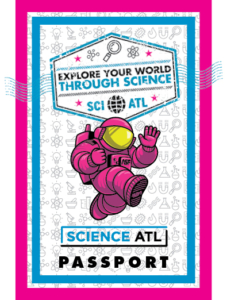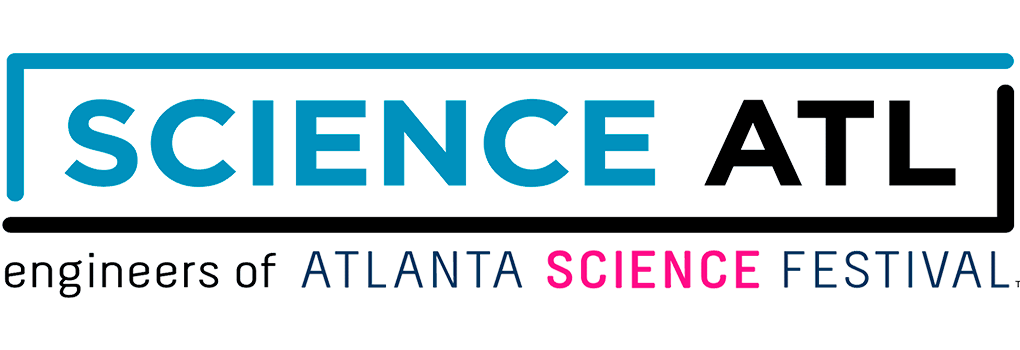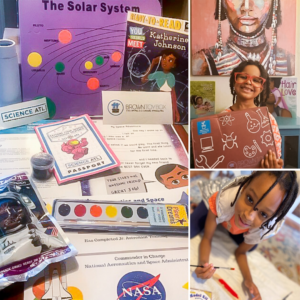These websites include lots of ideas for STEM exploration that might inspire activities or experiences children can use with their Passport.
Science Buddies – The award-winning, non-profit Science Buddies empowers K-12 students, parents, and teachers to quickly and easily find free project ideas and help in all areas of science from physics to food science and music to microbiology.
Teach Engineering: STEM Curriculum for K-12 – University engineering faculty, graduate students and K-12 teachers across the nation developed and classroom tested the contents of the TeachEngineering collection, which showcases engineering in everyday life as the context for student learning.
Exploratorium’s Science Snacks – Science Snacks are hands-on, teacher-tested, and use cheap, available materials. Satisfy your curiosity without ever getting full.
Google’s Science Journal – Science Journal is the free digital science notebook brought to you by Google that includes the phone’s sensors to measure and graph phenomena such as light, sound and motion, or connect to external sensors via Bluetooth to conduct experiments on the world around you.
OK Go Sandbox – an online resource for educators that uses OK Go’s music videos as starting points for integrated guided inquiry challenges allowing students to explore various STEAM concepts.
Squishy Circuits Projects – Downloadable project ideas for using Squishy Circuits to develop fun and complex circuitry. Squishy Circuits also works well with any science or engineering lesson plans, STEM activities, or home-based learning environments.
PBS Design Squad Build – Hands-on Engineering activities and videos intended for use in classrooms, afterschool programs, libraries and museums.
Discover E Activities – DiscoverE works to ensure people everywhere understand how engineers, technicians, and technologists make the world a better place. Their activities are intended to help young students discover engineering.
STEM-Works Activities – The STEM-Works program supports volunteers that are working in their local communities to increase science, technology, engineering and mathematics (STEM) skills in our nation. The site aims to create a virtual environment where volunteers will find the tools they need to inspire, teach and have fun with young people.
NASA For Informal Educators – The STEM Engagement section on NASA’s website with information, apps and activities intended to Inspire, Engage and Educate the next generation of explorers.
Technovation Families – Family Design Challenges intded to fuel curiosity, creativity, and perseverance while teaching about the science and technology that will drive the future.
Explore Science: Zoom into Nano is a series of five lessons designed to engage students with nanoscience, nanotechnology, and nanoengineering. Zoom into Nano was developed to encourage afterschool partnerships with science centers and museums, so check with your local institution to see if they’re interested! From the NISE Network.
You for Youth‘s STEM-rich making activities were designed specifically for 21st Century Community Learning Center programs. Activities include science journals, circuit boards, scribbling machines, and nature bots. Instructor guides and videos are available free online. While created for upper-elementary school students, the activities can be adapted for students of all ages. From the Institute of Museum and Library Services, the Exploratorium, and the U.S. Department of Education.
ZOOM is a series of easy-to-run activities that can be used and modified for all ages. Explore science with ZOOMsci, engineering with ZOOMbuild, and the environment with ZOOMgreen. From PBS Learning Media.






